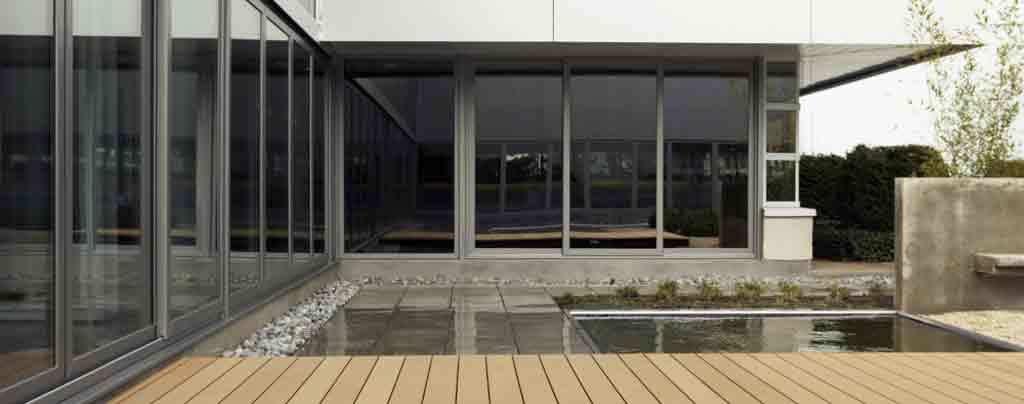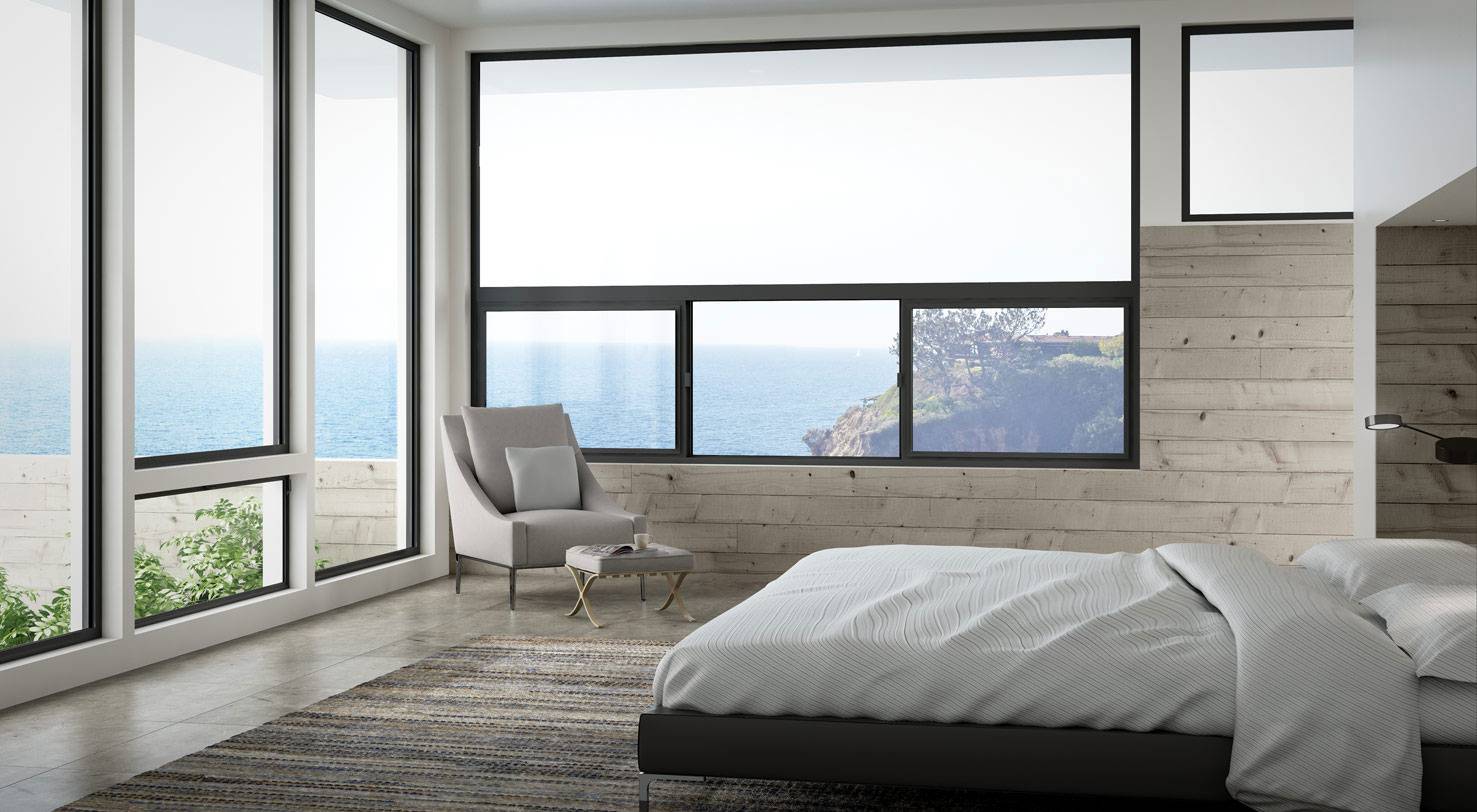All Categories
Featured
Table of Contents
4 Benefits Of Double Glazed Windows In The Summer in Ashfield Perth
Glazing merely suggests the windows in your house, consisting of both openable and set windows, as well as doors with glass and skylights. Glazing really simply indicates the glass part, however it is usually used to describe all aspects of an assembly including glass, films, frames and furnishings. Paying attention to all of these elements will assist you to accomplish reliable passive style.

Energy-efficient glazing makes your house more comfortable and drastically reduces your energy expenses. Improper or poorly designed glazing can be a significant source of undesirable heat gain in summer and considerable heat loss and condensation in winter. As much as 87% of a house's heating energy can be gained and up to 40% lost through windows.
Brisbane's Best Double Glazed Windows in Redcliffe WA
Glazing is a significant investment in the quality of your home. The cost of glazing and the cost of heating and cooling your house are carefully associated. An initial investment in energy-efficient windows, skylights and doors can considerably lower your yearly cooling and heating costs. Energy-efficient glazing likewise reduces the peak heating and cooling load, which can lower the needed size of an air-conditioning system by 30%, causing more cost savings.

This tool compares window selections to a base level aluminium window with 3mm clear glass. Understanding a few of the key homes of glass will help you to choose the finest glazing for your house. Key properties of glass Source: Adapted from the Australian Window Association The amount of light that passes through the glazing is referred to as noticeable light transmittance (VLT) or visible transmittance (VT).
What Are The Best Double Glazed Windows In Australia? in Mount Hawthorn WA
The U value for windows (expressed as Uw), describes the conduction of the whole window (glass and frame together). The lower the U worth, the greater a window's resistance to heat flow and the much better its insulating worth.
If your house has 70m2 of glazing with aluminium frames and clear glass with a U worth of 6. 2W/m2 C, on a winter season's night when it is 15C cooler outside compared with inside, the heat loss through the windows would be: 6. 2 15 70 = 6510W That is equivalent to the total heat output of a large room gas heating unit or a 6.
Glass & Glazing - Easy Windows Upvc Double & Triple ... in Hovea WA

If you select a window with half the U value (3. 1W/m2 C) (for example, double glazing with an argon-filled gap and less-conductive frames), you can cut in half the heat loss: 3. 1 15 70 = 3255W The solar heat gain coefficient (SHGC) for windows (expressed as SHGCw) measures how readily heat from direct sunlight streams through an entire window (glass and frame together).
The lower a window's SHGC, the less solar heat it transmits to the house interior. The real SHGC for windows is impacted by the angle that solar radiation strikes the glass.
Keep Cool This Summer Without Overusing Your Aircon. in Fremantle Western Australia
When the sun is perpendicular (at 90) to the glass, it has an angle of occurrence of 0 and the window will experience the maximum possible solar heat gain. The SHGC declared by glazing producers is always calculated as having a 0 angle of occurrence. As the angle increases, more solar radiation is reflected, and less is sent.
Table of Contents
Latest Posts
Does Double Glazing Keep Heat Out in South Fremantle Perth
Which Double Glazed Windows Are Best For Summer? in Kalamunda WA
Why Install Stunning Double Glazing Windows During Summer? in Hamilton Hill Perth
More
Latest Posts
Does Double Glazing Keep Heat Out in South Fremantle Perth
Which Double Glazed Windows Are Best For Summer? in Kalamunda WA
Why Install Stunning Double Glazing Windows During Summer? in Hamilton Hill Perth